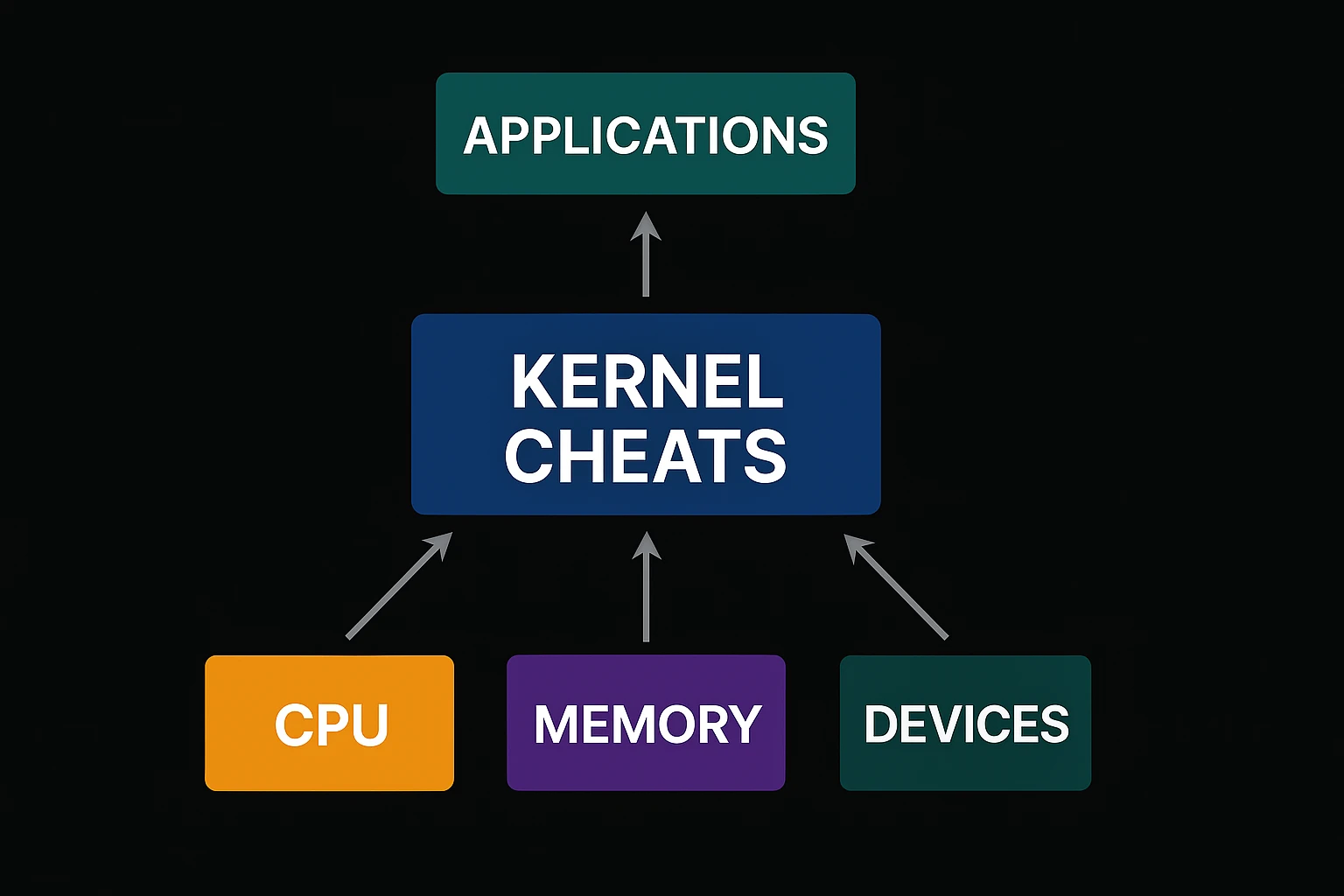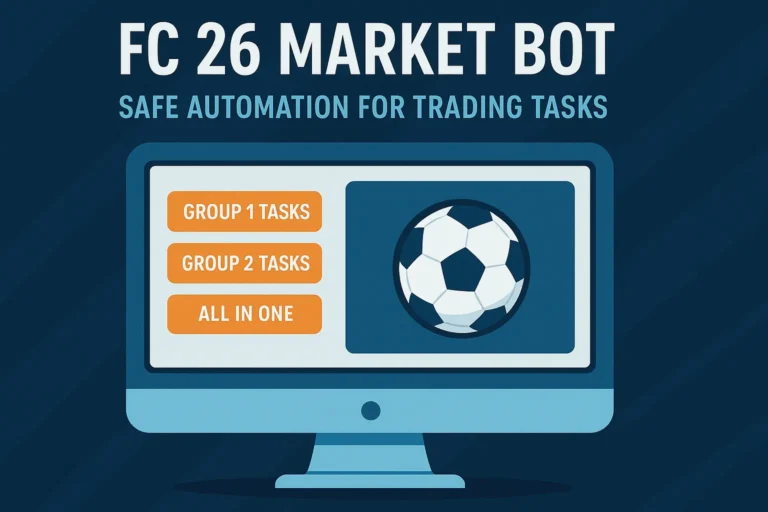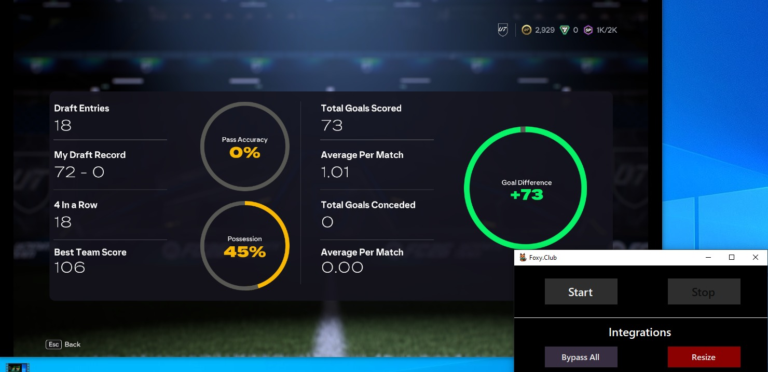No products in the cart.
Kernel Level Cheats Explained for Gamers: Security, Performance, and Detection Risks

Your operating system runs in layers called privilege rings. The kernel is the most privileged layer. A kernel-level cheat is code that runs with those high privileges through a driver. Because it lives so deep, it can observe memory, inputs, and processes with fewer limits than normal apps. Modern anti-cheat systems moved into the kernel for the same reason: to see what user-mode apps can hide.
How kernel-level cheats work at a high level
Kernel-level cheats operate differently than simple user-mode tools. They take advantage of driver-level permissions to access the game and system in ways normal applications cannot. This makes them more powerful, but also places them in the same territory as kernel anti-cheats.
- They load as a driver so they can read or write game memory with elevated access.
- They may hook OS functions to watch threads, inputs, or certain syscalls.
- They try to stay quiet by avoiding obvious user-mode patterns like injected DLLs in the game process.
- Anti-cheats fight back with kernel drivers of their own to scan for suspicious hooks, blocked drivers, and abnormal memory access.
This tug-of-war between cheats and anti-cheats is why kernel-level solutions are seen as both more advanced and riskier compared to traditional builds.
| Privilege Ring | Examples | Notes |
|---|---|---|
| Ring 0 (Kernel) | OS, Anti-Cheat driver, Cheat driver | Deepest access, monitors and modifies system memory |
| Ring 3 (User) | Game.exe, overlays, launchers | Runs with fewer privileges, easier to detect modifications |

Key Functions of Kernel Cheats
Kernel access allows cheats to perform actions that would normally be blocked at the user level. These abilities make them versatile tools for competitive players who want more information and control.
- Memory reads for ESP-style info.
- Input control for aim assistance that tries to look human.
- Spoofing hooks or hardware queries at a lower level than user-mode tools.
- Stealth benefits compared to user-mode only approaches.
All of these capabilities give kernel builds a significant edge, but they must be coded carefully to avoid obvious detection patterns.
Are kernel cheats safer or more hidden?
They can be stealthier than user-mode because they avoid common signs like injected modules in the game process. But “kernel” is not a magic invisibility cloak. Modern anti-cheats scan for suspicious drivers, hooks, and behaviors at the same depth. Vendors like EAC and Riot’s Vanguard run kernel components to counter these methods, and kernel drivers can be detected. So yes, kernel may help with stealth, but detection is still possible.
Can kernel cheats be detected?
Yes. Anti-cheats run integrity checks, maintain driver blocklists, and use heuristic behavior analysis. They also verify timing, inputs, and memory regions from kernel space. The arms race is ongoing and detection methods are constantly evolving, so there is never a 100% guarantee.
Alternatives to kernel level
Kernel-level is not the only way cheats are developed. There are other approaches, each with strengths and weaknesses. Understanding the alternatives helps you see why kernel is popular, but also why it is not the only option.
| Approach | Where it lives | Typical strengths | Typical trade-offs |
|---|---|---|---|
| User-mode Internal | Injected into game process | Direct game context, lower latency | Higher detection surface due to injection patterns |
| User-mode External | Separate process reading memory | No code inside game process, simpler updates | Restricted access, needs safe memory reading methods |
| Kernel-mode | Driver in Ring 0 | Deep visibility, harder to spot by user-mode scans | Still detectable by kernel anti-cheat, higher system risk |
| DMA / Hardware assist | Reads memory via external hardware | Bypasses many software checks | Costly, complex, not immune to evolving countermeasures |
| Hypervisor-style | Between OS and hardware | Powerful observation point | Complex setup, compatibility concerns |
Each of these approaches comes with trade-offs, and many advanced providers experiment with multiple layers to balance stealth, performance, and reliability.
Common features you see in kernel-level builds
Kernel-level cheats usually come with a set of advanced features that enhance gameplay while staying as hidden as possible. These are the tools most players expect when they look for premium solutions.
- ESP fundamentals: player boxes, bones, health, distance, loot highlights.
- Aim assistance: smoothing, FOV limits, target prioritization, prediction.
- Input shaping: subtle micro-adjustments to look natural.
- System-level tweaks: streamproof rendering paths, screenshot protection concepts.
- Quality-of-life: hotkeys, profiles, cloud configs.
All of these features combine to give you more control and awareness without making your gameplay look robotic. If you want to see these systems in action, check our Tarkov cheats or explore our PUBG cheats, where kernel-level builds deliver complete ESP and aim assistance tuned for legit play.
Performance characteristics
Performance is just as important as stealth. A cheat that slows your system down or causes crashes is useless, no matter how advanced the features are. Kernel drivers aim to keep things stable and efficient while staying low-profile.
- Latency: Kernel access can reduce hops between data and logic, which helps consistency. Actual latency depends on how often memory is scanned and how the driver moves data.
- CPU/GPU impact: Well-built drivers try to stay light. Heavy overlays or inefficient polling will cost frames regardless of privilege level.
- Stability: Kernel bugs can crash the OS. Mature solutions put a lot of effort into defensive coding and fail-safes.
A well-optimized kernel cheat should deliver smoother gameplay, minimal FPS loss, and protection from instability. This balance between performance and safety is what separates serious projects from rushed builds.
Privacy and system risk
Kernel code has deep access by design. That is why some players are cautious about any kernel component, including official anti-cheats. Always weigh trust, reputation, and transparency before running anything in the kernel layer.
FAQ for quick decisions
Is kernel always better? It is often stealthier than user-mode, but it is not automatically undetectable. Results depend on the implementation on both sides.
Do anti-cheats catch kernel? They try. Modern systems monitor drivers, hooks, and behavior at the same depth.
What about hardware or DMA? Powerful but expensive and not future-proof. Vendors adapt.
Kernel-level builds are not limited to shooters. We also maintain optimized solutions for football titles like Ultimate Team and Pro Clubs in EA FC 26 cheats.
One last reminder
Kernel is a technique, not a guarantee. The competitive space changes fast. Make choices based on transparency, update cadence, and real support, not just the word “kernel.”
For more background outside of cheats, you can also read Kernel (operating system) on Wikipedia.


